On March 14, we grabbed our friends and bags of popcorn to ARCHIVO 1984. Scout just held its very first Scout Movie Nights, a free event slated every second Thursday of the month. As we raise our glasses to the centennial year of Philippine cinema this 2019, one of the best things we could ever attempt is to gather both minds of the young and those that have stood the test of time, touring back to how our film industry changed within the past one hundred years, in sync. For the first movie, guests marveled at the twists and turns of a film by Cirio H. Santiago.
The film is Happy Days Are Here Again, a 1974 compilation of different song and dance performances from different films from the ’50s to the ’70s. Clips were culled from the movies of what used to be Philippine cinema’s Big Three: Sampaguita, LVN, and Premiere. Narrated by some members of the Star System back then, this gave us an overview of what Filipino life—not only cinema—looked like. There was Nida Blanca in full-fledged denim, Eddie Gutierrez mimicking Elvis Presley, Dolphy still making this generation’s crowd roar in laughter with slapstick comedy and inimitable acting chops. There were courtship, bull-fighting, chasing in the streets. There were gray shots, a peek at early motion graphics, and lots and lots of perfectly-timed dancing.
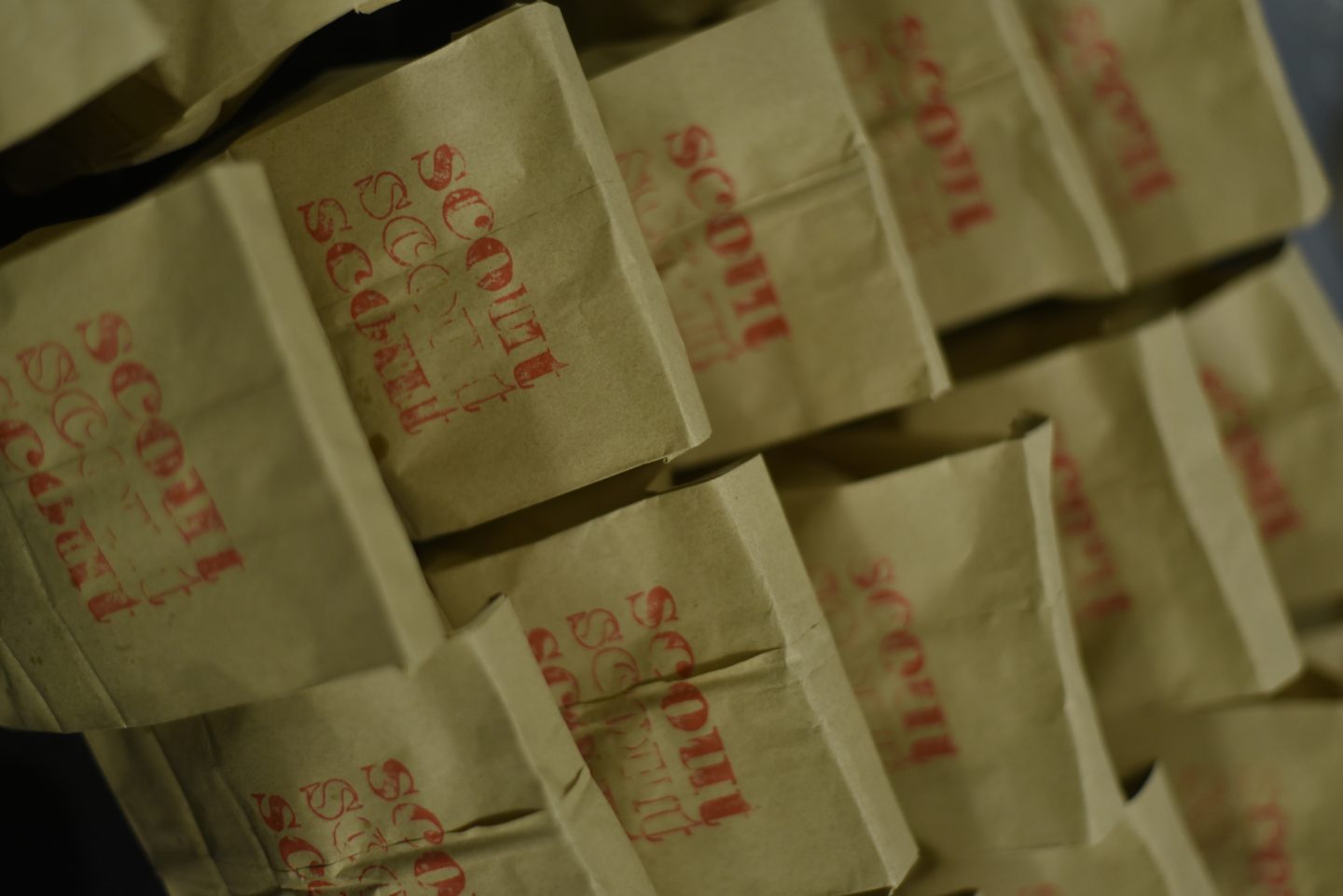
After the film, Nick Deocampo claimed the stage together with his companion, film archivist and director Teddy Co. “Gusto kong malaman ang saloobin ninyo. Nasaan ang passion?” asked Nick, looking at us, after explaining how cinema and movie-going have changed through the decades, and how a film like Happy Days Are Here Again could convey so much meaning even in today’s radar. From gender to colonialism to language to culture, taking an in-depth look at Filipino cinema’s growth can tell so much about how we make do with our lives today, if not everything.
We chugged our beers during the after-party beyond 9 p.m., and some of us scored conversations with Nick Deocampo. Here’s ours.

Let’s talk about Happy Days Are Here Again. Do you consider this as a required watch for today’s generation?
(Laughs). Well, not really. It’s really a generation apart. But we are very glad that a film like that was made. It could be interesting to discuss the circumstance upon which the film was made. But the interesting thing here is that the generation of today can look back into the past and see exactly that they had their own moment in cinema, right?
Yeah, that’s true.
In same way, I guess the millennials right now have their own moment. Now, I’m a historian, therefore I can really look back and look at this film, Happy Days Are Here Again, you know, in a historical way. That’s where I see much of the significance. I don’t really know if it connects with the millennials right now. However, historical memory is very, very important. ’Di ba, tatanda rin ang mga ’yan. Tatanda rin kayo. Who knows, because this is around 50 years after? 50 years from now, who knows what will millennials be able to provide with the so-called digital works right now? It’s a good thing that film has the capacity to preserve the images of the past because of the more stable medium of celluloid at the time. But right now, it’s really scary because the digital can be lost easily. You can delete it, if you don’t know how to preserve it, it’s easily gone.
However, historical memory is very, very important. ’Di ba, tatanda rin ang mga ’yan. Tatanda rin kayo. Who knows, because this is around 50 years after? 50 years from now, who knows what will millennials be able to provide with the so-called digital works right now?
What’s the difference between film preservation and film restoration? Para clear to those who’re still starting to get to know about this.
Okay, ang film preservation kasi, you preserve it almost as it is. In other words, there is really no attempt to restore the damaged parts, it does not really try to include parts that have been missing but have been found. In other words, what you’ve got is what you preserve. In other words also, what you find there, you leave it as it is. And all your concern is to just to let it continue its life, to the life of it, maybe in the next, new format.
Read also: We now have a film archive kiosk and it looks pretty cool
When it comes to restoration, you restore one thing. It’s either you add something that was lost but you found it, you restore it in the sense that it looks old, you may want [to make] it look new. But in preservation, you let it remain almost the [same] way it looks, right? In restoration, there are so many other processes that can happen. Such as when you transfer it to a new format, you can digitize it. So in other words, now you have the license to clean up cracks and with digital, with Photoshop right now and so many other tools, you can even make something very old look new again. So restoration is really something else, an old can really look something new.
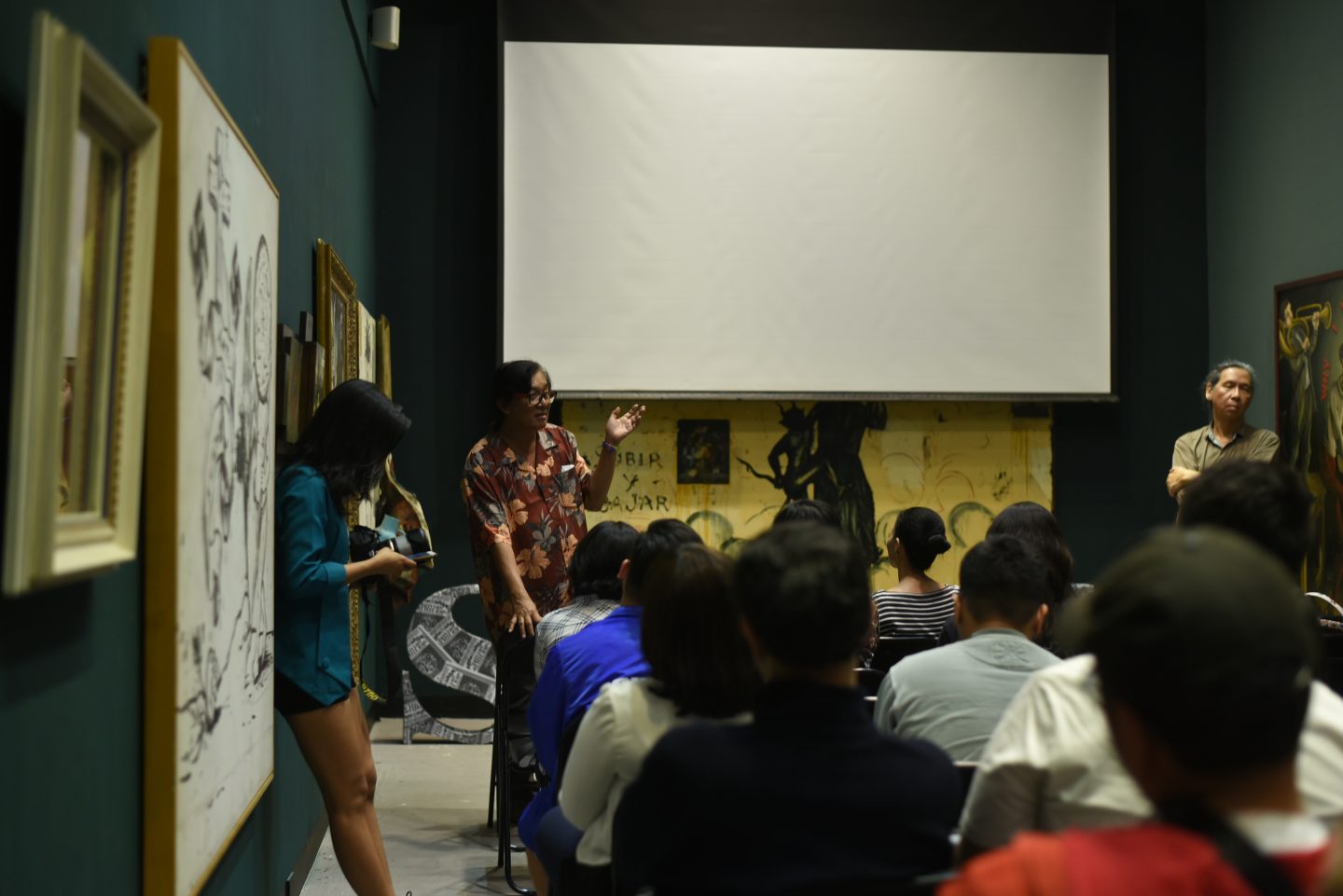
Happy Days Are Here Again is a compilation of film clips from the ’50s to the ’70s, and in an article I read, it said that it took a really tough time for the researchers since most of the best musicals produced by LVN, Premiere, and Sampaguita were destroyed and even lost. This film was released in the ’70s. How was the film archiving process different from the ’70s compared to the current?
Well, I wasn’t really aware of the process of this topic that we have right now. In fact, that’s the reason why I came here also, baka there are people, we can be a community who can talk about how this was restored. I wanna hear it from Marty [Magsanoc of Archivo 1984], what was process. But he was happy that in the ’70s, Cirio Santiago was able to talk to all the three studios, and he was able to get copies of these and put them all into one. So that was kind of interesting, although nothing really connected everything. I mean, it was a very simple thing like having movie actors to talk and introduce the scenes and what was going on, but it was very thin in terms of its historical narrative. But I’m happy because at least you get to see some films that I now considered to be lost.
Read also: Here’s your chance to learn from Filipina filmmakers this March
What are the common problems you can encounter in these processes? What are the reasons why some films are lost forever?
A film can be lost, one, materially, in other words, the physical film is really lost. And for it to become lost, one, there’s really something technological about it. Films decay, like all things. Even plastics can decompose in 500, a thousand, a million years. But everything in this universe will have to decompose. That’s how you lose films. You lose films because people just don’t care. There is no archive to take care, so you lose it. However, if you have an archive, it somehow prolongs that life of a film. You lose a film because people feel they can make money out of the silver content of films. So, that is a sinadya na pagkakawala. ’Di ba? Talagang you’ll really lose it because you have to make money out of it. There are so many ways that a film can really be lost. It can be lost because of fire, flood, natural causes. So, all of these do happen.
Can you tell us about the films you managed to bring to the Philippines?
The best one that I was able to bring home, I consider to be the oldest film to be found yet, I mean, oldest Filipino-produces film by a studio in the country. I’m not talking about documentaries, no? This is Zamboanga by two Americans George Harris and Eddie Tait. It was the debut appearance of Fernando Poe Sr. He was very young, he was 19 years old. He was such an athletic-looking, good-looking matinee idol kind of character. And Rosa del Rosario, going to the height of her career.
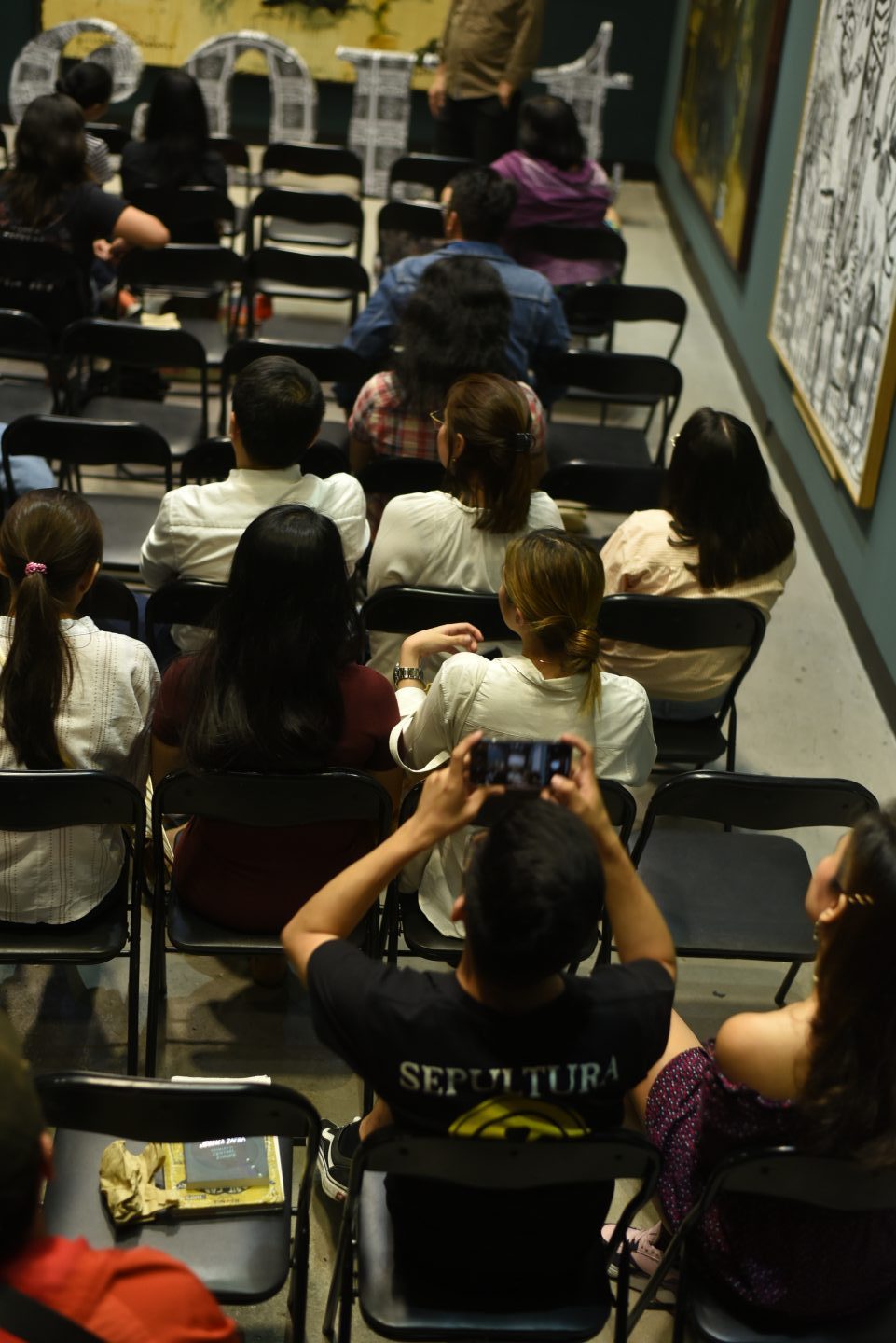
The film was shown here once, or maybe a few days, and then it was exported to America. Then from America, a copy was brought by a distributor from Finland. And it’s been there for more than sixty years. Then this distributor deposited or donated a copy at the Library of Congress in Washington, D.C. I was on a Fullbright Research Fellowship at the time. I was in the last week of my research, and then I was approached by the librarian. Then they asked for my help to take a look at the film that was just deposited there. They said they could not really find out if it’s Indonesian, Polynesian, Filipino, Malaysian, or whatever it is. And so they brought a copy, and I was inside the editing room. When I saw Fernando Poe in the film, I just screamed—you don’t scream in the Library of Congress, I mean that’s a scandal.
Suddenly everybody just rushed to me, “What happened?” And I told them, “You just discovered a lost film from the Philippines.”
Suddenly everybody just rushed to me, “What happened?” And I told them, “You just discovered a lost film from the Philippines.” And so because I was coming home in less than a week, I went all the way to the director of the Library of Congress and demanded—not just requested, but demanded—that a copy should be sent back to the Philippines. So, that’s a little piece of history that I was able to introduce here.
I traveled also in Southeast Asia, and that’s where I found the lost Darna. The original Darna. Also produced by Fernando Poe, Sr. I found it in an archive in Thailand. But the film actually came from Cambodia. Suddenly ,we’ve got films that have scattered everywhere. Ang daming kumalat na mga pelikula. So many films were produced with Filipino directors in Malaysia, Singapore. And I was able to bring home at least the DVDs.
It’s amazing. Parang serendipity.
Yeah, serendipity. We’ve got many films that have scattered. During the Golden Age of the Philippine cinema, which is the ’50s all the way to early ’60s, ’yung films natin, just like the Korean Pop right now, umikot din siya sa buong mundo. So before this K-pop, there were these Filipino films that have scattered in Hong Kong, in Southeast Asia.
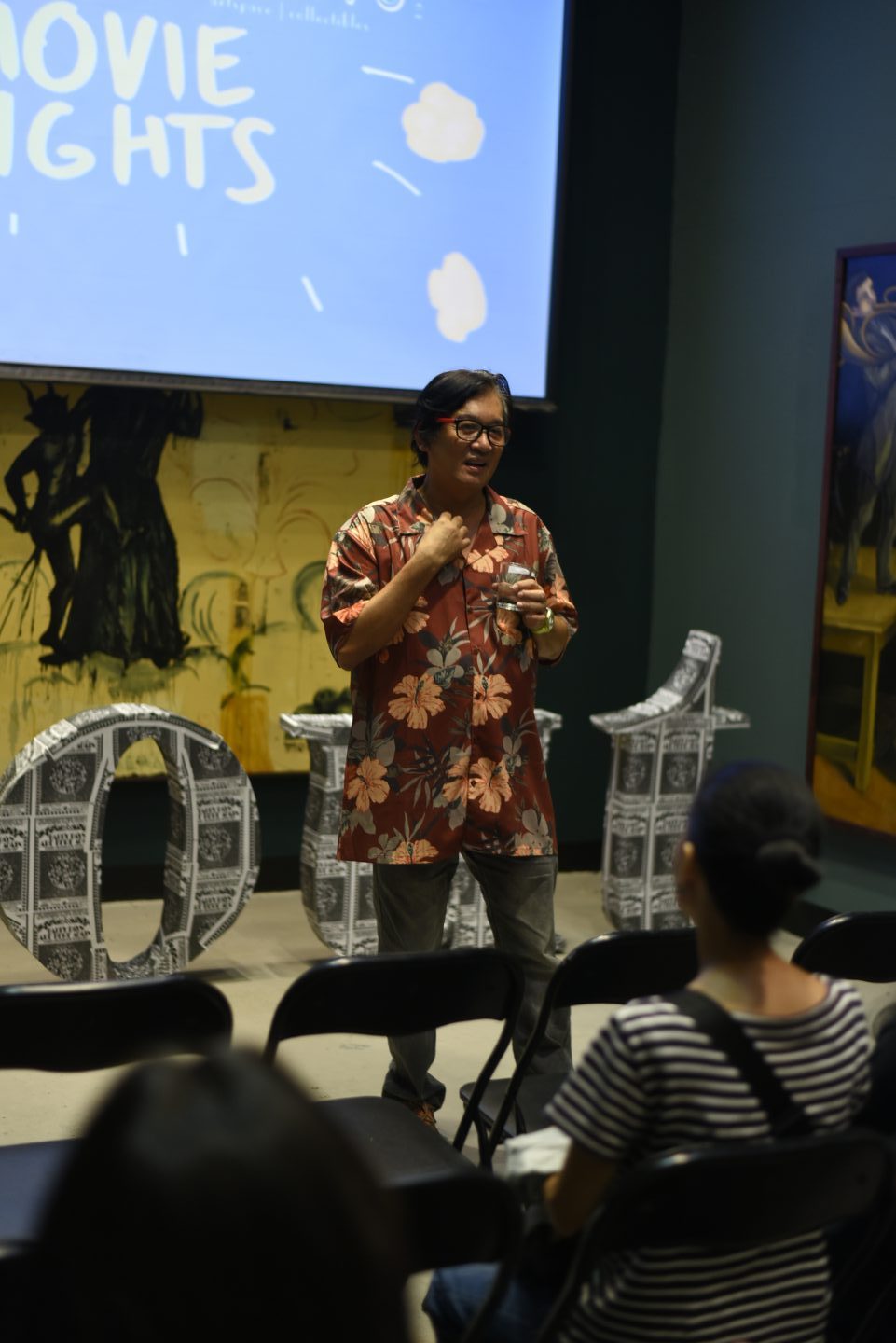
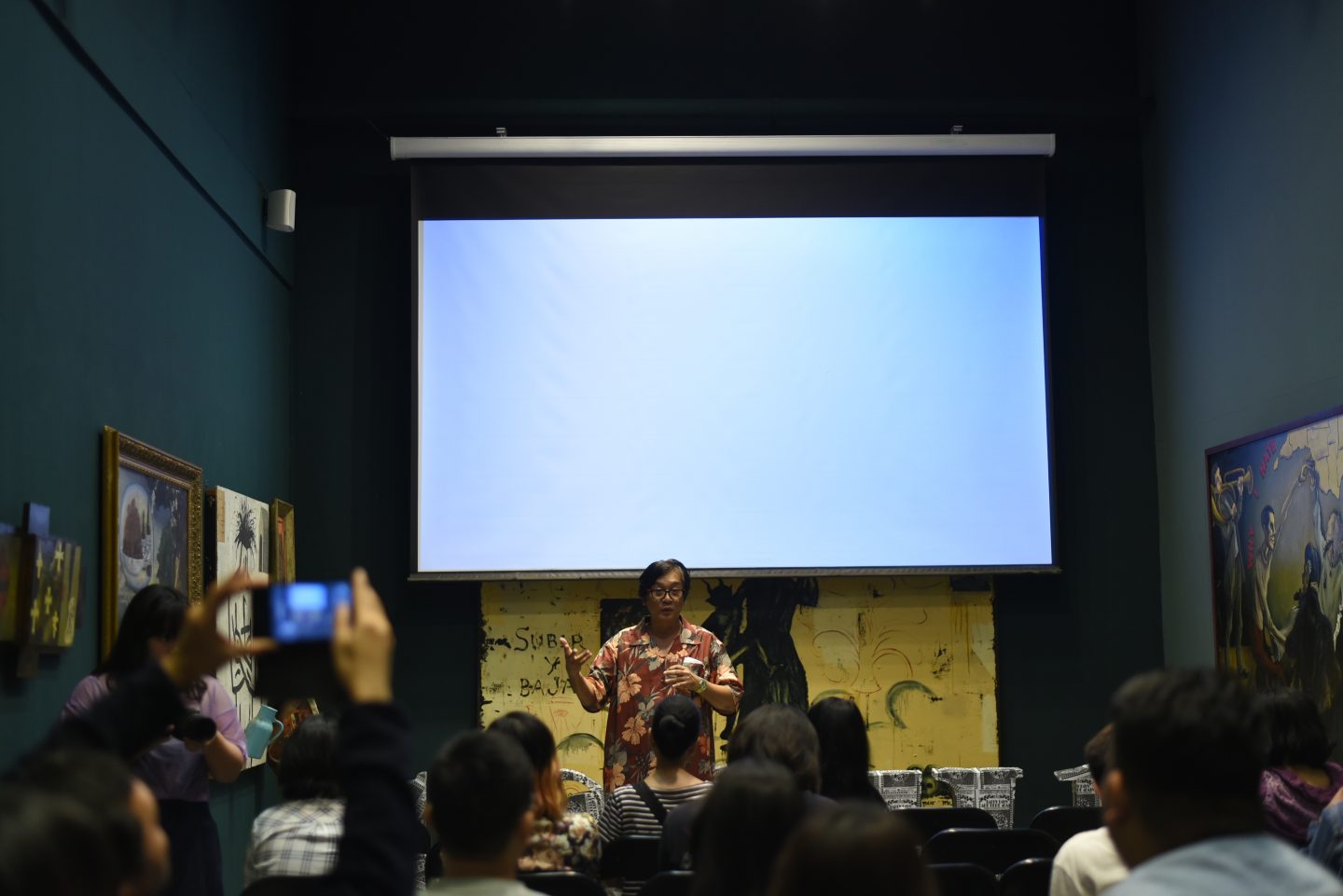
What is your advice for the young ones who would like to pursue film archiving in the future?
Film is a documentary heritage. It documented our past. Whether in fiction, in documentary, in experiemental film, what have you. The important thing is that film creates memory, preserves memory. If you do not preserve them, may malaking panghihinayang. We don’t know who we are.
Film is the memory of the Filipino people. We have to be careful in terms of encoding or creating images about who we are, because 50 or a hundred years from now, those future generations will look back at us. And you know, ang buhay ba natin ay puro tokhang, pagmumura ba ang ginagawa natin, how do we treat women? Those things. But if we don’t preserve them, we really have no memory of the past.
As I said, I was young once. I started, however, to care for our films as early as when I was young. I met people who taught about the films that they have. I saw old movies. So this awakened in me to preserve the past. So we hope that the young people right now will also have the same care, the same concern, and the same passion to preserve the films that we have.
As I said, I was young once. I started, however, to care for our films as early as when I was young. I met people who taught about the films that they have. I saw old movies. This awakened in me to preserve the past. So, we hope that the young people right now will also have the same care, the same concern, and the same passion to preserve the films that we have.
But let me just say this. In the age of digital, it’s more difficult for you to preserve it because the format keeps on changing, and it’s more fragile, more vulnerable. I don’t know how future is going to be. It’s quick and fast. That’s why I said an individual can’t do it alone. It takes a village to really preserve a film.
Photography by JP Talapian


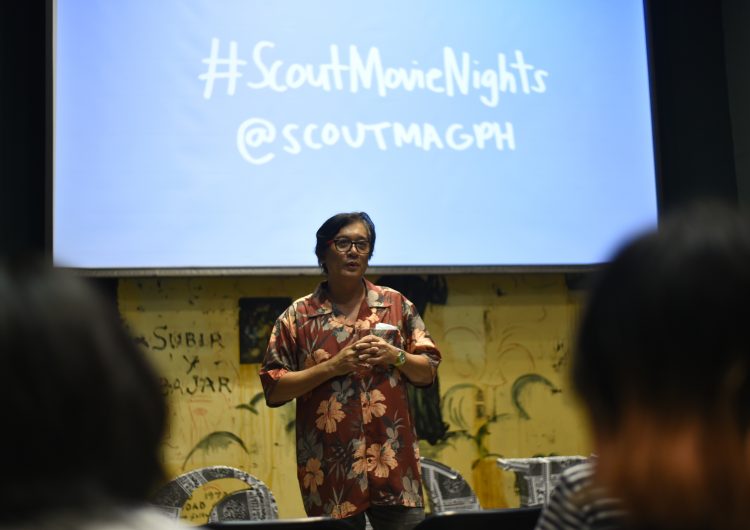






















Comments